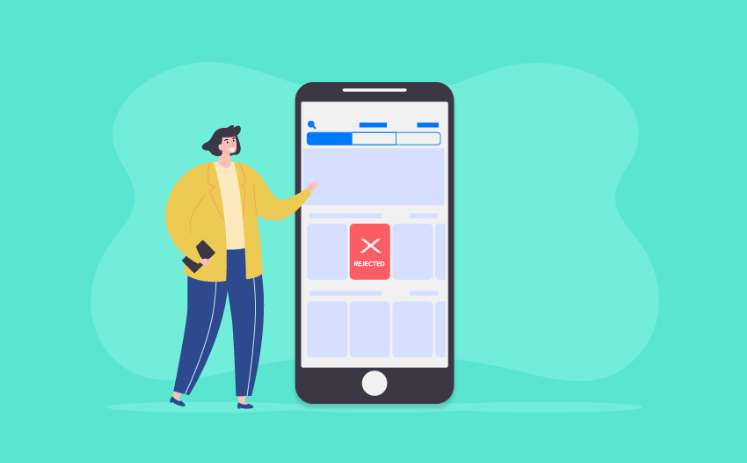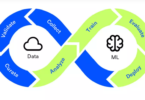I’m often asked about why my apps get rejected. I think it’s a combination of copycatting, Misspellings, and incompleteness. The good news is that these issues can be corrected. But if you want to be successful, you need to address them as quickly as possible. If you are saving the app development cost and developing a low quality App then it can also cause the rejection of your app. Follow these simple tips to get your apps approved. If you’re looking for a way to increase the chances of your app being approved, read on!
Copycatting
While many people don’t realize it, copycatting is one of the top reasons apps get rejected. Essentially, copycat apps take the best-selling apps and change the design, or use similar components, and pass it off as original. App developers should avoid this, as it can result in lawsuits. The solution is to come up with an original idea, and research app categories. It’s crucial to have an original UI design.
This copycatting practice creates anticompetitive harms. However, current antitrust law does not recognize copycatting as an exclusionary practice. Thus, plaintiffs would need to prove that Facebook’s copycatting has an effect on the competition. Moreover, the court should consider whether copycatting is an antitrust violation. However, it is important to remember that copycatting can cause competition in markets where networks are important.
Misspellings
There are several reasons why misspellings in apps get rejected. One reason is that they are too similar to existing Apple products, or contain too many misspellings. Metadata (names, descriptions, rankings, etc.) must be relevant to the functionality of your application. For example, you cannot mention other mobile applications unless they are mentioned in your metadata. However, simple screenshots can help you explain what the screen looks like.
Non-completion
One of the most common reasons apps get rejected in the app stores is due to non-completion. This is a problem with metadata, the information that people view before downloading an app. To prevent this problem, follow a pre-launch checklist. Make sure your app meets all of these requirements before submitting it. This will reduce the likelihood that your app will get rejected. Also, be sure to add any necessary links or other documentation.
One of the most frustrating parts of app submission is the rejection rate. Even if you have created a perfect app, you may be faced with a rejection rate of over 90%. This number is much higher than many automated submission systems and is completely different from the reasons you’ll be given. Here are the most common reasons why an app gets rejected. Once you’ve identified what to watch out for, you can submit your app to Apple.
Inappropriate user-generated content
The most common reason why apps are rejected from the App Store is due to user-generated content (UGC). The app should not feature NSFW or pornographic content. The content in the app must be relevant to a subset of the user base. Inappropriate UGC must be clearly marked as such in the app description or in the app’s permissions. Actions with UGC should include a disclaimer in the Assistant Directory description. Actions that have the primary purpose of featuring or sharing offensive UGC will be rejected. Actions that promote or use NSFW content or feature paid features will be deleted.
Apps with user-generated content should include a reporting system for inappropriate content. Users should be able to flag content that is objectionable and swiftly block it. Social media channels are prime examples of this type of content. You should also implement a system for deleting reports and responding to them once they’re made public. Inappropriate user-generated content is why apps get rejected






